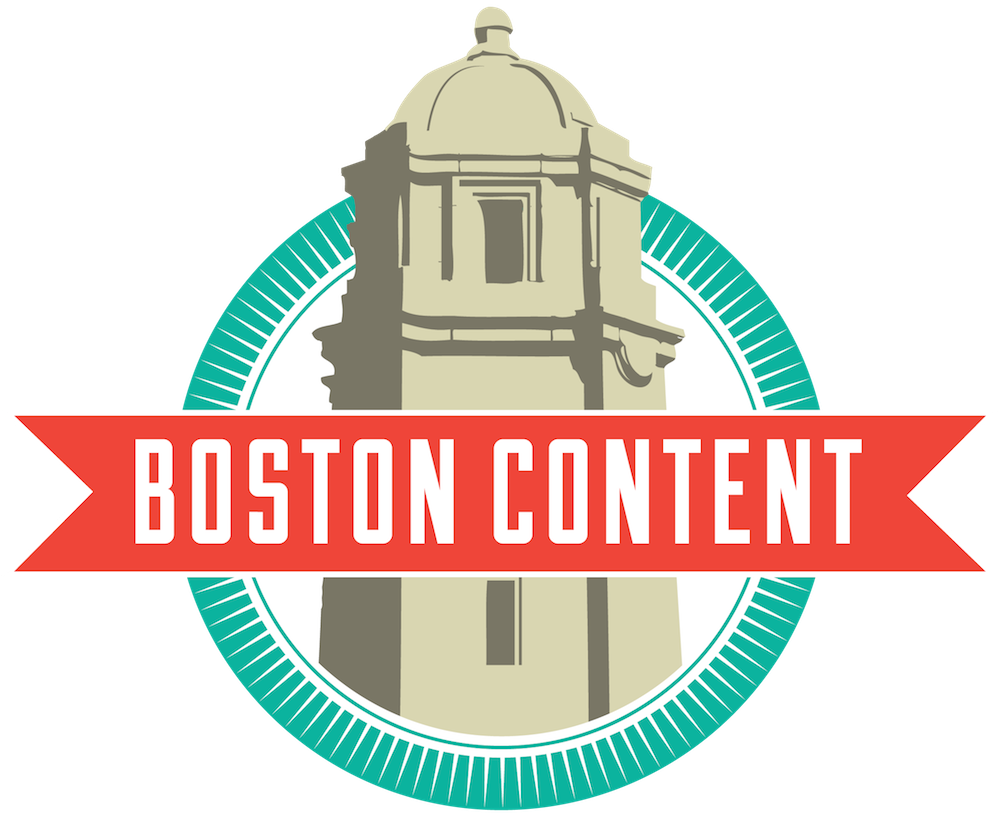GIF via pixgood.com
This post was written by Mary Austin Williams, an associate editor at Young Entrepreneur Council (YEC). Follow her, @mawill8.
If you’re a millennial marketer, you’ve no doubt used, or at least seen the use of, GIFs to spur the viral nature of social content. But did you know that the "Graphic Interchange Format" is well over 25 years old? Originally created by CompuServe in 1987, the GIF has since infiltrated our news feeds, Tumblrs and favorite e-commerce websites. BuzzFeed even runs its own GIF Feed. (Warning: May cause you to fall down an infinite-scroll rabbit hole.)
While its correct pronunciation has much been the subject of debate (it’s pronounced with a soft "G", for those wondering), its animated form has exploded in popularity as a means of entertaining an audience and effectively delivering a concise message in a looped playback format. Much like emojis, GIFs have proved to be a powerful marketing tool for the mere fact they convey an emotion-evoking message in an irreverent, yet culturally relatable way.
Here are a few ways GIFs capitalize on our emotions to secure their place in our hearts and minds when it comes to our buying decisions and brand loyalty.
Humor
There’s no doubt you’ve come across a humorous GIF you’ve shared with friends and coworkers: the Internet is teeming with hilarious GIFs featuring cute cats, celebrity reactions, and everything in between. While these clever tie-ins may seem like a natural fit for consumer-facing brands, who says B2B companies can’t join in on the fun?
By mixing GIFs into their content marketing strategy, B2B marketers won’t be executing “boring-to-boring” campaigns. In its 2015 State of Marketing blog post, Salesforce Marketing Cloud paired GIFs with survey findings to add elements of humor and culturally relatable reactions to its key points. In a similarly clever fashion, technology corporation HP tweeted out a #TBT GIF illustrating the fateful coin toss that would ultimately decide the order of its founders’ last names in HP’s title.
Well-established companies who use GIFs as a medium to portray elements of their brand demonstrate their interest in staying “with the times,” and further win our attention and trust through a memorable delivery.
Belonging
One of my favorite aspects of the GIF is its ability to compare one situation to a completely different one, yet still draw a relatable meaning (take, for instance, this hilarious What Should We Call Me post that repurposes a clip from "Malcolm in the Middle"). We internalize these GIFs on an emotional level because we self-identify with them, which establishes a connection comparable to those in the “Love and Belonging” category of Maslow’s Hierarchy of Needs.
When we come across a scenario we relate to, we want to share it with our loved ones as a means of bonding over a shared experience. GIFs perfectly encapsulate these sentiments by taking a piece of cultural relevance, be it a popular meme or awards show clip, and reappropriate it to convey a collective significance.
Creativity
Could you center an entire campaign around GIFs? Of course you can! That’s exactly what Starbucks did to celebrate the highly anticipated seasonal release of its Pumpkin Spice Latte. In an effort to solidify themselves as the brand who sparked the pumpkin spice-crazed autumnal phenomenon, Starbucks embarked on a mission to infiltrate social media with clever GIFs and fall-themed branded content. Their efforts paid off: Its two-pronged “Real PSL” Twitter and Tumblr campaign generated a 22 percent year-over-year increase in sales, and was ultimately recognized with a 2014 Shorty Award.
With the deluge of free applications available to create GIFs, content marketers’ limits are boundless when it comes to producing or repurposing creative GIFs to launch a memorable digital marketing campaign. Fast-casual buffet restaurant Sizzler, for example, whose kitschy 1990s promotional spot recently resurfaced, has capitalized on this revival by offering “GIF certificates” to Twitter followers.
As more marketers jump on the GIF “brandwagon,” companies like Snaps are beginning to produce branded GIF and emoji smartphone keyboards for major entertainment thought leaders, including Sony and VH1. In the coming years, GIFs could go so far as to be used as a substitute for language: one Google executive has already sent a GIF to a reporter as the company’s official response, and MIT researchers are well on their way to decoding how humans perceive the cultural nuances of GIF-speak worldwide.
How do you use GIFs in your professional life? Let us know in the comments or share your ideas with @BostonContent.

